A variety of types of asparagus and features of caring for it
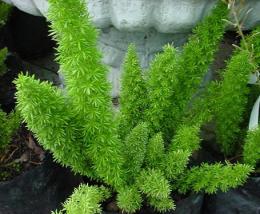
Asparagus belongs to the asparagus family and includes more than 300 species of different plants. All plants vary in appearance and are found in different climates. A certain type of plant is used for food and is edible.
Due to increased demand, it is grown on plantations in significant quantities. There are also species that are grown for decoration. With the help of this plant, various flower compositions are created.
Content:
- Distinctive features and types of plants
- How to properly care for a plant
- Main diseases of asparagus and methods of reproduction
Distinctive features and types of plants
Asparagus includes perennial herbs, vines and shrubs. They have thin and flexible stems. The leaves look like needles. The inflorescences are small in size and, as a rule, light in color. As a result, red fruits appear. The plant does not require special care requirements and can be grown both in open and closed ground.
It can withstand severe frosts. Before winter, the plant's stems are lost and reborn in the spring. The rhizomes are highly powerful.
The length of shoots in an adult plant can be 40-50 centimeters. In order for the plant to maintain its decorative function It is necessary to promptly remove weeds that interfere with their full growth.Flowers feel comfortable in a basket that is suspended from above or in a pot that is correctly sized.
Asparagus has a huge number of species that are used for food and decorative purposes. Let's look at the most popular of them:
- Asparagus asparagus. This species came to us from South Africa. The plant climbs, its shoots are flexible. It grows as a shrub, the total length of which can reach one meter. The flowers are fragrant and have a green or white hue. As a result of flowering, purple berries are formed. This type is mainly used for room decoration. Ideal for creating compositions as it maintains a fresh look for a long time.
- Densely flowered asparagus. This variety is in particular demand among gardeners. It blooms profusely, forming attractive inflorescences. The plant branches well and has dense leaves. With proper care, the length can reach one and a half meters. The flowers are white, sometimes with a slight pink tint. Flowering occurs in spring and autumn. The fruits have a bright red color. The variety is unpretentious and suitable for spaces with dry air. In winter it is recommended to protect from drafts.
- Meyer's asparagus. Belongs to the asparagus family. It has a powerful root system and thin shoots. The plant has green needles with a fairly soft structure. The branches hang down and do not have a climbing structure. The plant can reach more than a meter in length. The foliage is small in shape, so the plant is practically invisible. During the flowering process, white inflorescences are formed. The fruits are aromatic. The plant is used for compositions and arrangements.
- Asparagus officinalis. It is a popular vegetable crop that is used for human consumption. This product can be used raw, boiled, fried. It is included in many coffee drinks, acting as a surrogate. The plant is cultivated for sale. However, it can also be found in the wild in the Balkans, Mediterranean, Caucasus, and central Europe.
- Asparagus pinnate. The plant is compact and has an elegant arrangement of branches. The shoots spread out neatly. During growth, the shoots gradually become exposed towards the bottom. The leaves look like small needles. The total length of the species can reach more than one meter. The plant prefers rooms with moderate humidity and does not tolerate dry soils. Used for decorative purposes and for landscaping.
There is a wide variety of asparagus types; every gardener will be able to find the most suitable option among them.
How to properly care for a plant?
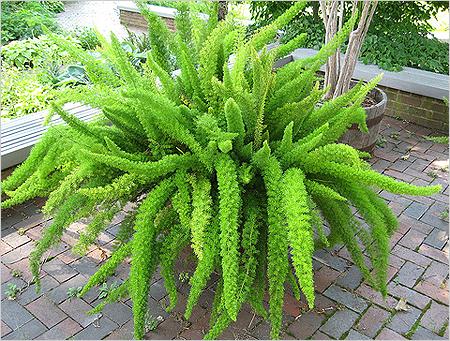
The variety is light-loving, so it does not like darkened rooms. It is preferable to organize diffused light for it. With the exception of the feathery species, which feels most comfortable in the shade. It is advisable to place pots in the eastern and western zones. In summer, the plant can be installed outdoors - on the balcony or in the garden.
The plant withstands well temperature changes. In spring and summer, the optimal temperature for growing should be 20-22 degrees. In winter, the plant rests, so it is better to stick to 14-15 degrees. It is necessary to try to protect it from possible drafts and hypothermia.
Watering should be moderate.It is not recommended to abuse excessive accumulation of moisture in the soil, but at the same time the soil should not be too dry. In winter, the number of waterings decreases. If there is little humidity in the room, periodic spraying is required. When the air is dry, the leaves begin to turn yellow. It is advisable to place the plant in a place where the exposure to ultraviolet rays is minimal.
In the spring, asparagus should be fertilized, since at this time it exhibits the most rapid growth. Fertilization can be carried out using a complex of mineral fertilizers. In spring, it is advisable to move the plant to a larger container, as it grows very quickly.
During the transplant process overgrown rhizomes are removed, and the bare parts of the shoots are cut off. Those shoots that have been pruned will no longer grow in size. Younger shoots begin to grow.
With proper care, the plant can survive at home for more than ten years. Irregular watering and lack of fertilizing significantly reduces its lifespan.
Main diseases of asparagus and methods of reproduction
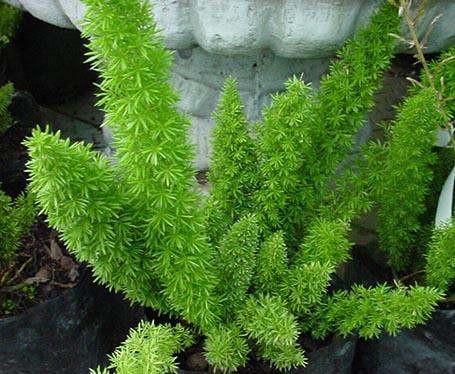
The plant can be propagated by cutting off shoots from the bush. The plant also has a powerful rhizome. By separating small areas from the bush, the species can propagate.
Some varieties can reproduce using seeds that have just been collected. To do this, the seeds are planted in pots, placed in a warm room, and systematically watered with a small amount of water.
If the method is selected propagation by cuttings, then the freshly cut shoot is placed in slightly damp sand so that the root system begins to grow. After planting, it is advisable to cover the seedling with film or glass.The plant should take root after a few weeks.
Asparagus is extremely resistant to various diseases and unpretentious in its maintenance. However, in some cases, fungal infection may occur. If an infection occurs, the plant can be destroyed quite quickly, a few days after the infection.
The fungus is recognized by the death of the lateral neck of the root. When the disease occurs, leaves fall from the shoots. You can get rid of the fungus if you take all the necessary measures in a timely manner.
Asparagus is often attacked by pests that disrupt the full growth of plants. The pests look like small black bugs called asparagus leaf beetles. The beetles leave behind larvae that eat the foliage at high speed. Insecticides are used to get rid of harmful insects. Thus, regular care and monitoring of growth quality will help extend the life of the plant.
Learn about all types of asparagus from the video:
Interesting information about the vegetable garden

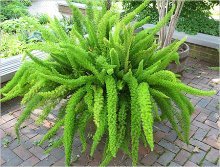
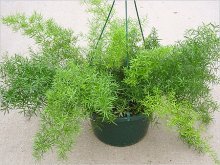
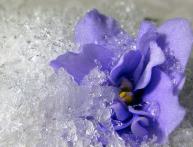

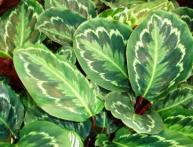
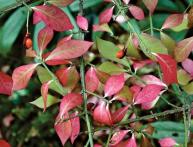




Comments
I really like asparagus, I always grew this kind of asparagus at home. But one year, the asparagus disappeared from all the pots - for some reason they dried out. Most likely it was some kind of disease. Now, if I start such a plant again, I will know how to properly care for it. ;-D
Thank you very much for your article! I just bought this flower today, now I know more about it and somehow fell in love with it right away... But it’s not very clear when it can be planted? When will its size become larger than the pot or what?